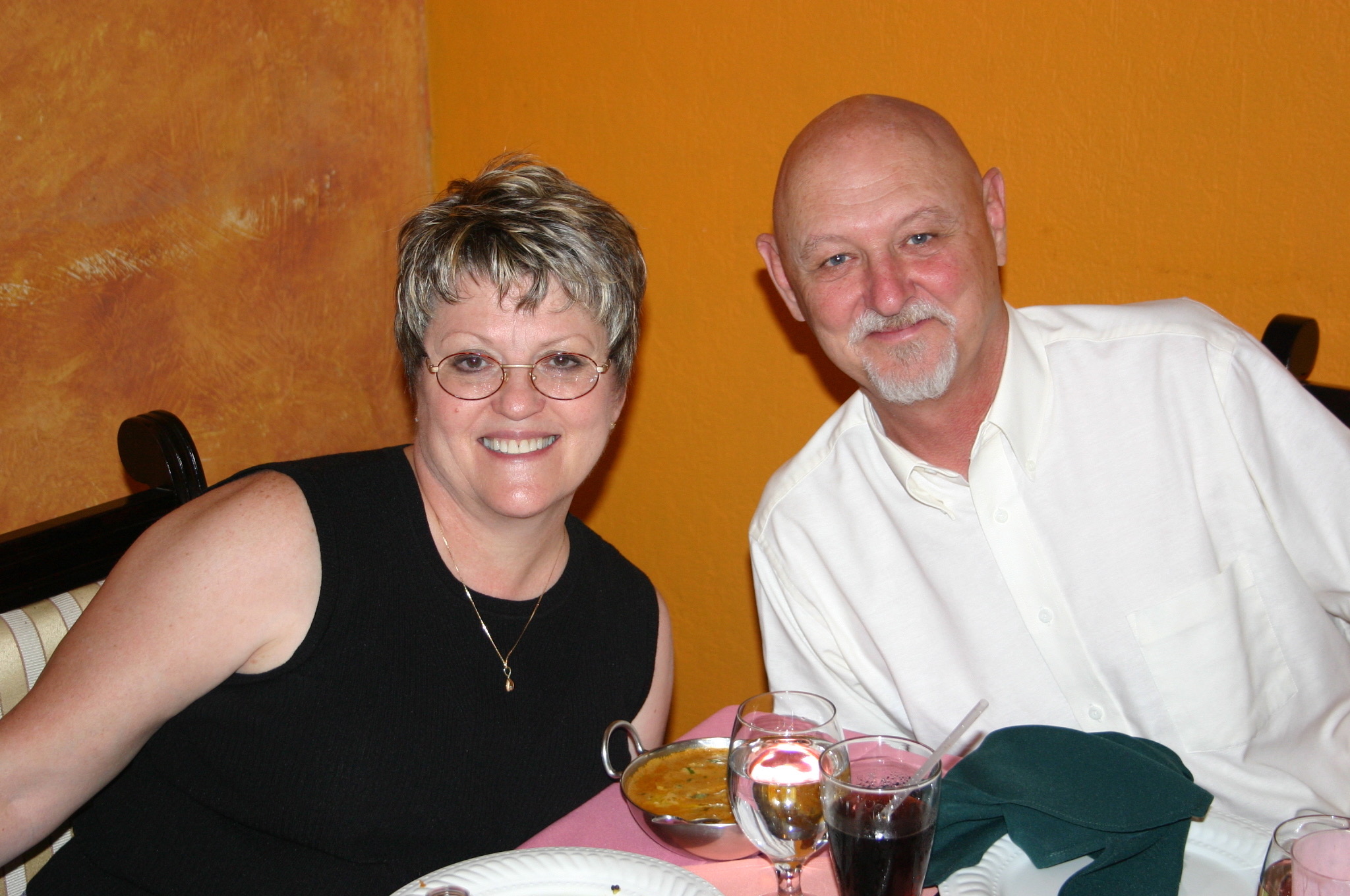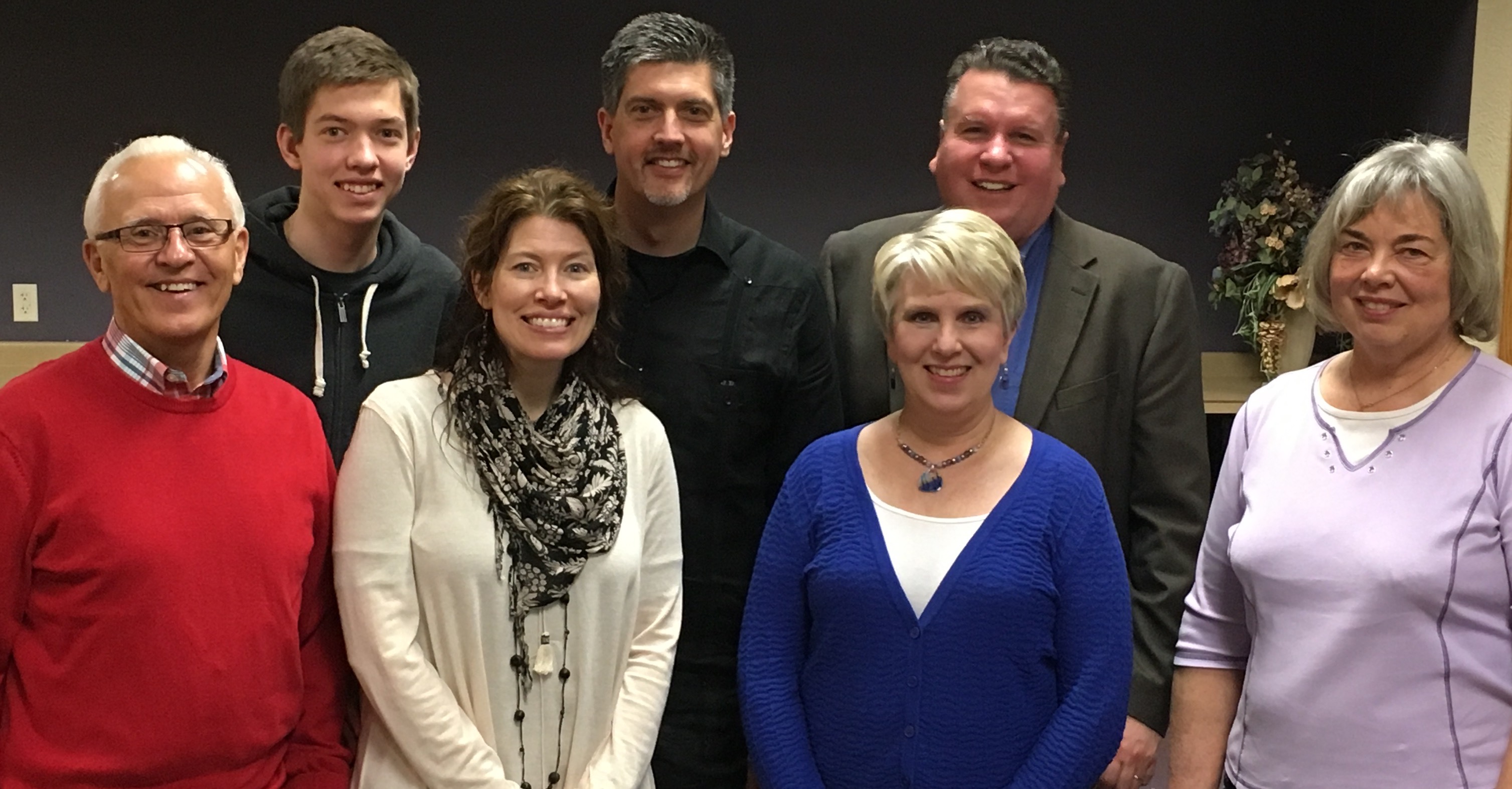
Con frecuencia mis alumnos de teología y amigos cristianos me hacen preguntas acerca de la Nueva Versión Internacional (NVI) y otras traducciones modernas de la Biblia. Estas versiones tienen algunas diferencias importantes comparadas con las traducciones evangélicas tradicionales, de las cuales la más importante es la Reina Valera 1960. Las inquietudes tienden a enfocarse en los versículos tradicionales excluidos por las versiones nuevas, las palabras (como Jehová) que se traducen de forma diferente, y la identidad del dueño de la NVI. Este artículo propone aclarar brevemente algunas de estas dudas.
TEXTOS GRIEGOS ACTUALIZADOS
Una de las diferencias más importantes entre las versiones tradicionales y modernas en Español radica en los textos griegos que se utilizaron en su traducción. La Biblia Reina Valera se ha basado en un texto del Nuevo Testamento en griego que se llama el Textus Receptus, o Texto Recibido. Este fue publicado en el año 1516 por Erasmo de Rotterdam, un erudito cristiano holandés quien recopiló su texto a la carrera para publicarlo en la tecnología nueva que era la imprenta de tipos movibles. Su texto griego se basó en solo siete manuscritos bíblicos que él tenía a la mano, los cuales no eran ni los más antiguos ni los más completos.
Desde esa época se han encontrado, recopilado, y comparado más de 5,000 manuscritos del Nuevo Testamento en griego, y la versión actual que se usa para la traducción, el Novum Testmento Graece, está en su edición #28. Hoy tenemos acceso a textos antiquísimos, algunos desde el segundo y tercer siglo, y podemos confiar en que el texto que manejamos hoy es sumamente fiel a los escritos originales.
VERSOS EXCLUIDOS
Los versos que no aparecen en las traducciones modernas como la NVI y la NTV no se excluyeron por alguna agenda teológica de los traductores, sino porque sencillamente NO APARECEN en los mejores y más antiguos textos. En algunos casos las traducciones nuevas incluyen los versos tradicionales en una nota de pie de página marcados con la palabra “variante”, o en el texto mismo con una nota diciendo “los mejores manuscritos (mss.) no incluyen esos versos.” Los versos debatidos en muchos casos fueron agregados por algún escribano medieval para explicar o esclarecer algo, y las copias manuales de esos manuscritos se reprodujeron hasta llegar a Erasmo, pero estos versos no aparecen en los manuscritos copiados en otras regiones. El estudio de la historia textual de la biblia es una rama interesantísima de la biblia y merece estudio cuidadoso. Puede leer una introducción concisa aqui.
“JEHOVA” y otras palabras tradicionales desaparecidas
La palabra “Jehová” no aparece ni en el Hebreo del antiguo testamento ni en el griego del nuevo. El nombre de Dios que aparece en el hebreo son cuatro letras, YHVH, que se podría pronunciar Yahvé o Yahweh, pero por respeto los judíos nunca pronunciaban, y hasta el día de hoy no pronuncian, ese nombre. Cuando los judíos ven esas cuatro letras, que se llaman el Tetragrammatón (nombre de cuatro letras), pronuncian la palabra “Adonai,” que significa “El Señor.” Durante los siglos 15 y 16 algunos traductores empezaron a juntar los consonantes de “YHVH” con los vocales de “Adonai” para inventar la palabra “Jehová,” y llegó a ser el nombre usado en toda la tradición Reina-Valera en Español. En la mayoría de idiomas en el mundo y en casi todas las traducciones modernas no se usa la palabra “Jehová,” sino “El Señor,” en mayúsculas pequeñas.
Los traductores de la Reina Valera hace 500 años escogieron palabras y frases que para ellos eran normales y claras pero que ahora no son de uso común. Durante los años la Reina Valera se ha ido actualizando, y millones de cristianos aman la traducción, pero para otros el estilo es difícil y produce problemas de comprensión. Las traducciones modernas apuntan a traducir las palabras antiguas hebreas y griegas al idioma del pueblo de hoy. Por ejemplo, en América Latina ya no se acostumbra decir “vosotros sois,” y para muchos es más fácil leer “ustedes son.” En 2 Timoteo 1:3 la RV60 traduce la frase griega apo progonon (saliendo de mis progenitores) como “desde mis mayores,” mientras la NVI usa la frase “como mis antepasados,” que se entiende mejor y permanece fiel al sentido original. La palabra “omnipotente,” teológicamente precisa pero no de entendimiento fácil, se reemplaza con “todopoderoso.” “Concupiscencia” se cambia a “malos deseos.”
FILOSOFIAS DE TRADUCCION
Podemos describir tres filosofías diferentes de traducción para las versiones modernas: equivalencia formal o literal, equivalencia dinámica, y paráfrasis.
- Traducción Literal, o equivalencia formal. No existe ninguna traducción totalmente literal del hebreo-griego a ningún idioma moderno, porque el orden de las palabras y los conceptos son muy diferentes al Español, y toda traducción tiene que tomar decisiones de interpretación. Las traducciones modernas que apuntan a ser más “literales” priorizan traducir palabra-por-palabra. Al traducir algunos textos difíciles corren el riesgo de usar frases y palabras que se adhieren al griego o hebreo pero que son difíciles de entender en Español. La Reina Valera casi siempre sigue la equivalencia formal o literal, aún cuando no es muy accesible para el lector.
- Equivalencia dinámica o funcional. Cuando se utiliza la filosofía de equivalencia dinámica o funcional, los traductores estudian las palabras y frases difíciles en el idioma original y buscan comunicar las mismas ideas de una forma entendible en el idioma meta. A veces las palabras individuales no son idénticas pero la idea es la misma, y los traductores toman en cuenta tanto la intención del autor en el idioma original como al lector moderno. Es normal que una traducción que use equivalencia dinámica escoja una nivel de lectura meta para el vocabulario que usan, por ejemplo sexto o sétimo grado de la escuela. Esta filosofía puede resultar en la eliminación de algunas palabras tradicionales pero arcaicas, a favor de palabras que los lectores de hoy entiendan con más facilidad. La NVI y la NTV buscan un equilibrio entre la equivalencia formal cuando las ideas y frases originales son claras, y la equivalencia dinámica cuando la interpretación es más difícil.
- Paráfrasis. Una paráfrasis prioriza las necesidades del lector moderno, adaptando el texto para un nivel sencillo de lectura y comprensión. Esto es lo que un padre hace cuando le cuenta las historias bíblicas a sus hijos pequeños. Una paráfrasis nunca se usaría para un estudio sistemático hermenéutico de la biblia, porque no propone mantener ninguna adherencia estricta a las palabras del texto original, mas solo a las ideas. A veces las paráfrasis interpretan de una forma interesante y fresca las ideas originales, y pueden ser buenas para usar con niños, jóvenes y personas que necesitan un nivel accesible de lectura en Español. Algunas versiones modernas usan una combinación de equivalencia dinámica y paráfrasis, como Dios Habla Hoy y la Traducción en Lenguaje Actual.
Una de las críticas de la NVI es que en algunas ocasiones su uso de la equivalencia dinámica se desvía demasiado del texto original. Lo más seguro es que toda traducción bíblica tiene sus problemas, y por eso a la hora de preparar enseñanzas hay que comparar varias traducciones en Español, y aún mejor indagar en los idiomas originales.
LOS “DUEÑOS DE LA NVI”
La Nueva Versión Internacional fue traducida de los idiomas originales griego y hebreo por un comité de eruditos bíblicos evangélicos de 12 países hispanohablantes, y en 1999 la publicó Sociedades Bíblicas Internacional, ahora llamado Bíblica (https://www.biblica.com/america-latina). Usaron una filosofía de traducción que buscaba un equilibrio entre la equivalencia formal (palabra por palabra) y la equivalencia dinámica (pensamiento por pensamiento). Se puede leer más del proceso y la filosofía de traducción en esta entrevista con el Dr. Luciano Jaramillo, director del comité de traducción de la NVI aquí: http://www.cristianosaldia.net/index.php/sin-categoria/revelan-detalles-de-la-traduccion-de-la-biblia-nvi.html. El contenido y los derechos del texto siguen en manos de Bíblica y su comité de traducción.
La casa de publicación cristiana Zondervan colaboró con los costos importantes del proyecto de traducción y es distribuidora exclusiva la NVI. En 1988 Zondervan había sido comprado por Harper & Row, y en 1989 la mega-empresa de comunicaciones News Corp compró Harper & Row y lo juntó con otra distribuidora para formar HarperCollins. Hoy Zondervan es uno entre varios medios Cristianos de HarperCollins, incluyendo la biblia en línea BibleGateway.com, Editorial Vida y Thomas Nelson, publicadoras de excelentes recursos de educaciónn cristiana y materiales de formación ministerial. News Corp también es dueño de National Geographic y Fox Sports, además de las distribuidoras de los libros de C.S. Lewis, Andy Stanley, Lee Strobel y otros autores cristianos.
Una incomodidad que a veces se expresa es que Rupert Murdoch, el fundador y accionista principal de News Corp, siendo una persona famosamente impía, es el “dueño de la NVI,” y por ende la traducción practicamente está en manos del diablo. La empresa News Corp también es dueño de distribuidoras de libros seculares, y por ende de algunos libros anti-cristianos, como en el peor de los casos la Biblia Satánica.
Si una persona prefiere no comprar una Biblia NVI o todos los otros productos excelentes de Zondervan, Vida y Thomas Nelson para boicotear a News Corp y no darle negocio a una empresa secular que también vende productos no-cristianos, está en su derecho, pero hay dos problemas con esa línea de pensamiento:
1. El texto de la NVI sigue bajo control absoluto de Bíblica, un ministerio evangélico, y
2. Zondervan, aunque pertenece corporativamente a HarperCollins y por ende a la empresa News Corp, sigue como una publicadora y distribuidora netamente cristiana, con libertad de funcionamiento. A HarperCollins no le interesa en lo mínimo controlar el contenido de los libros de Zondervan. Si usted no compra la NVI por esta razón se estará perdiendo el enriquecimiento de un mundo de recursos cristianos.
Mi uso personal de las traducciones modernas
En todo análisis de este tipo es importante que el autor sea transparente si tiene una preferencia personal entre las opciones analizadas. En mi vida personal devocional tengo más 28 años de leer toda la Biblia cada año, y en su mayoría he usado la Nueva Versión Internacional (en español e inglés) o la Nueva Traducción Viviente (NTV), principalmente por su facilidad de lectura. La Biblia que uso para preparar mensajes y que llevo a la iglesia tiene en columnas paralelas la Reina Valera 1960 y la NVI, porque me gusta poder comparar traducciones. Cuando predico a niños y jóvenes casi nunca uso la Reina Valera, porque ni yo ni ellos decimos “vosotros sois niños y yo vuestro rabino.” Con adultos casi siempre uso la Reina Valera 1960, porque esa es la que la mayoría conoce en mi contexto, y si hay alguna palabra o frase que no se entiende bien, puedo explicarlo utilizando otra traducción o el idioma original.
Tengo amigos apreciados que han participado en los comités de traducción de NVI y la NTV, y puedo testificar que son personas profundamente comprometidas con el Señor y con su palabra, quienes han invertido sus vidas en hacer llegar la palabra de Dios a la mayor cantidad de personas posible. Les motivo a todos a usar más de una traducción a la hora de estudiar y enseñar la Biblia, con la confianza de que son intentos humanos de buena fe, hechos con amor para llevar el pan de vida a todos nosotros que necesitamos tanto del autor de la vida.
Dr. Jon Dahlager
Rector, Seminario Teológico Asambleas de Dios
San José, Costa Rica
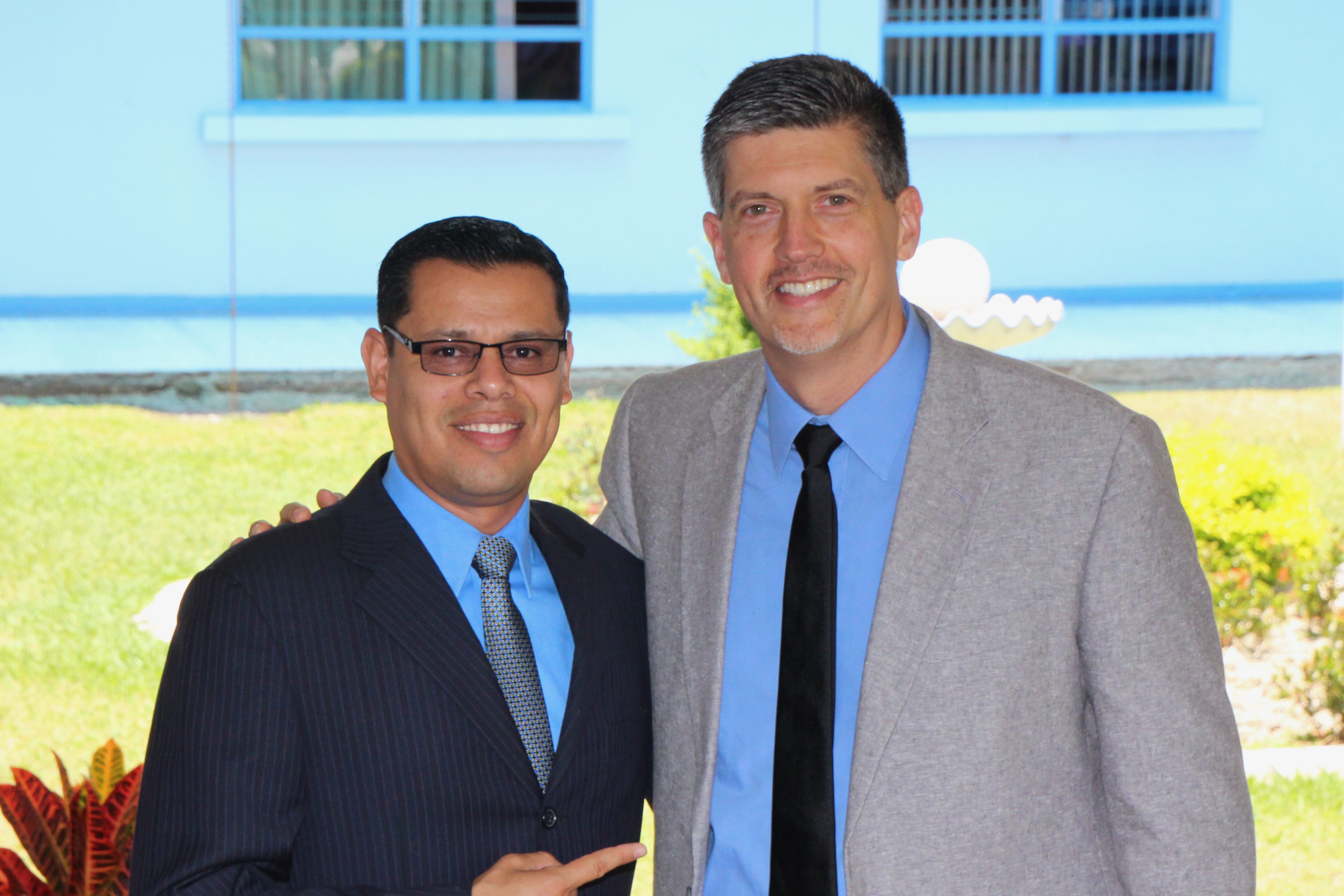


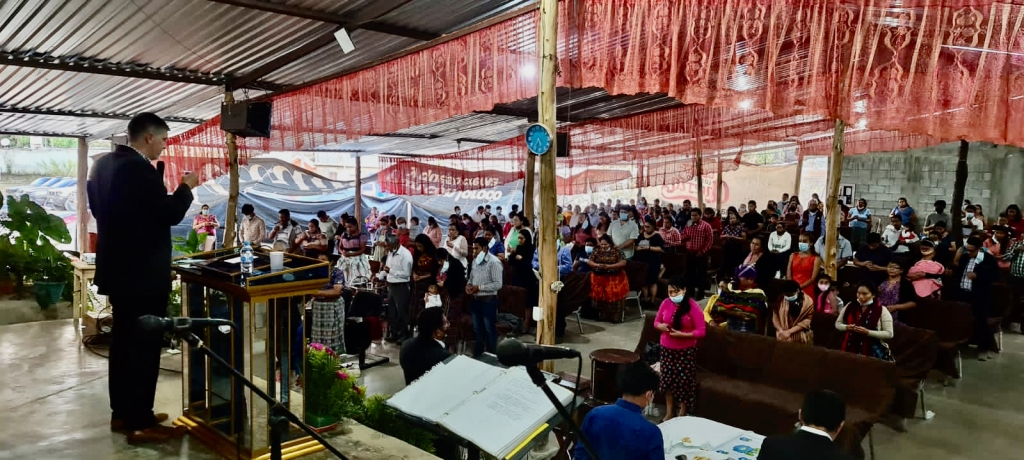
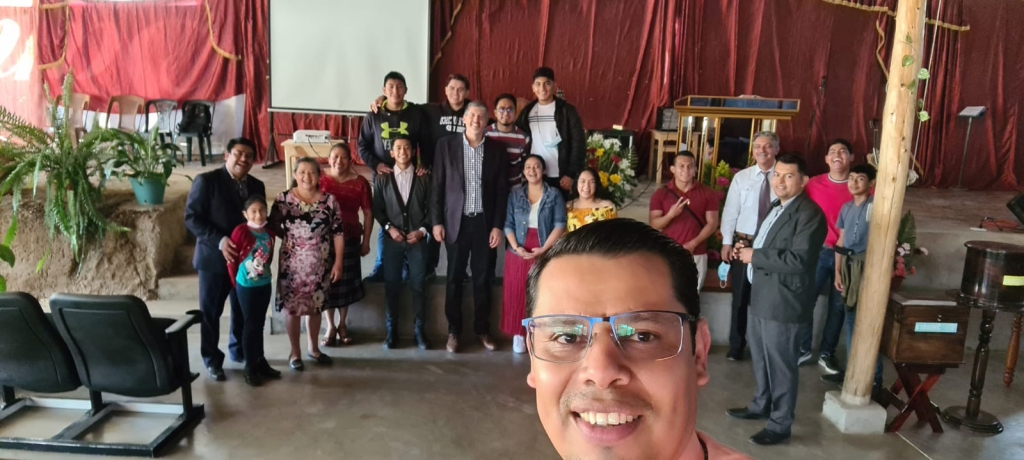

 Todo Cristiano debe aprender a alimentarse de la palabra de Dios, leyendo la Biblia y orando todos los días. Sin embargo, a muchos nos cuesta entender lo que leemos en la Biblia y saber qué decir o pensar a la hora de orar. Este pequeño artículo ofrece dos herramientas para ordenar su lectura de la Biblia y tiempo de oración.
Todo Cristiano debe aprender a alimentarse de la palabra de Dios, leyendo la Biblia y orando todos los días. Sin embargo, a muchos nos cuesta entender lo que leemos en la Biblia y saber qué decir o pensar a la hora de orar. Este pequeño artículo ofrece dos herramientas para ordenar su lectura de la Biblia y tiempo de oración.

